MENA region gaining "a louder voice" in the global design landscape, say panellists at Design Doha
Promotion: the Arabian Gulf and the Middle East are poised to influence global design trends in an inversion of the West's decades-long impact on the region, according to speakers at a Design Doha panel that can now be viewed on Dezeen.
Held as part of the Design Doha Forum (DDF) at Design Doha, the panel was titled: Emerging Trends: Contemporary Art and Architecture in Arab Countries and Their Role in Global Design Trends. It looked at the changes practitioners in the region had observed in terms of cultural narratives and aesthetics.
The panel featured Quby Creative Consultants founder Banan Yaquby, Saudi Design Festival co-director Basma Bouzo and Babnimnim Design Studio founder Jassim Alsaddah. It was moderated by DDF editorial director Jelena Trkulja.
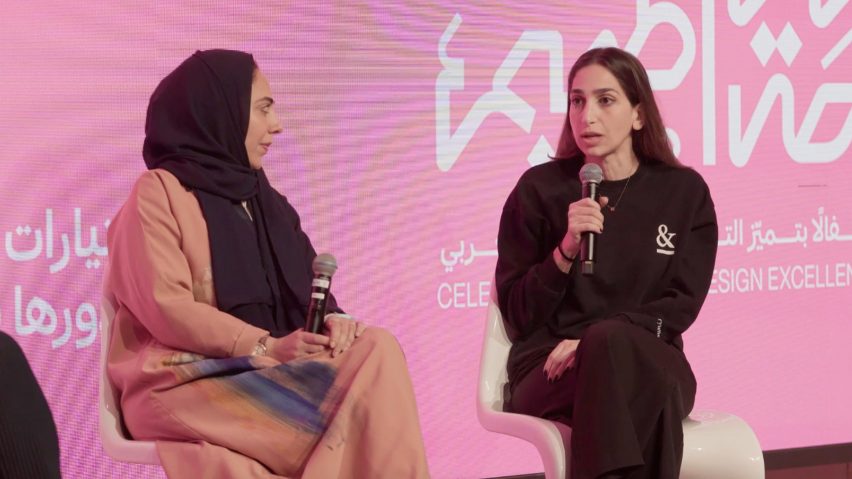
All three of the speakers have worked in the Middle East and North Africa (MENA) region as well as abroad.
Bouzo, whose background is in publishing, returned from the UK with a desire to counter the "not very favourable" views towards the Arabian Gulf and started Saudi Arabia's first English art and culture magazine, Oasis.
Even in the region, she said, there used to be a perception that there was no Saudi design heritage, but that was changing.
Instead, all the speakers agreed that this was a moment where renewed interest in local traditions and identity among the region's architects and designers had given rise to a unique perspective, one that pushed back on the homogenising effects of decades of globalisation.
"I think what's interesting right now is that we're more proud of our heritage and our background," said Bouzo. "And the push towards actually identifying that and being recognised for that is more of an interesting storyline right now than it used to be."
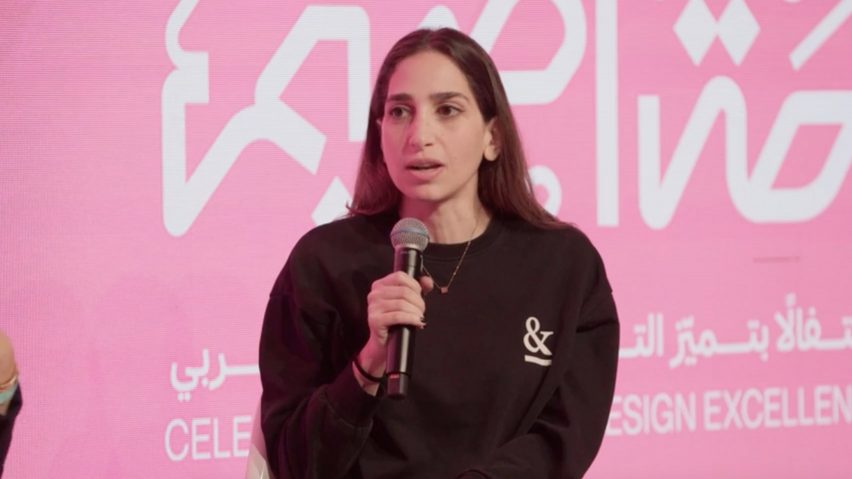
Yaquby, who moved to the US from Beirut when war broke out in 2006, said that the West had always drawn inspiration from the MENA region, but now it was being acknowledged rather than hidden.
She gave the example of the Cartier exhibition at the Louvre Abu Dhabi, which explored the use of Islamic art as a reference in the jewellery brand's work.
"Even though historically we influenced a lot of things – whether that's in art, design or architecture or whatever – it wasn't really celebrated," said Yaquby. "But I think now things are changing, and I believe that a big part of that is because there's a lot happening in the region."
She said the sense that international attention was being paid to the region meant there was a chance for narratives and aesthetics to flow out from it and make an impact.
"There's a lot of focus on this region," said Yaquby. "I think it gives you that opportunity to have a louder voice and a story that could start from here and extend internationally rather than the other way around."
"I think it might actually shift, where we might see what's happening here influence international practices."
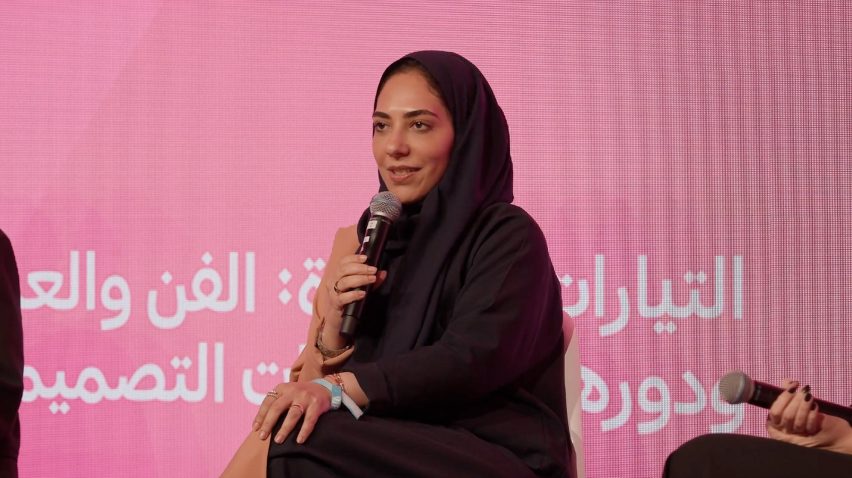
Asked to comment on the role and status of designers in the Arabian Gulf today, Yaquby said that in her opinion, it is better to be a young designer in the MENA region than in the West, because good designers are highly sought after.
"Our voice in design and how we approach design is rooted in who we are, and this is the best time to be a designer in this region," she added.
Yaquby named two Qatari architectural projects that are having an influence overseas: Msheireb, Doha's regenerated downtown quarter that employed a number of sustainable initiatives, and the World Cup stadiums, which featured inventive cooling systems so players and audiences could cope with the heat.
"That is something that will come out of Doha and go to the world," said Yaquby. "We see it with the heatwaves that are happening in Europe and other places that they might need these kinds of solutions."
Bouzo said Saudi Arabia's "giga projects", a series of giant developments, are also making an impact internationally, particularly regarding the collaborative approach they have required of their architects.
"I think it's an entirely different school of thought, where they broke how architecture usually works," she said. "They brought in all the star architects and made them work together in a collaborative manner to come up with solutions that weren't thought of."
"For me, that was inspiring to see how much work went into this and how much the world can learn from what they're implementing in their giga projects."
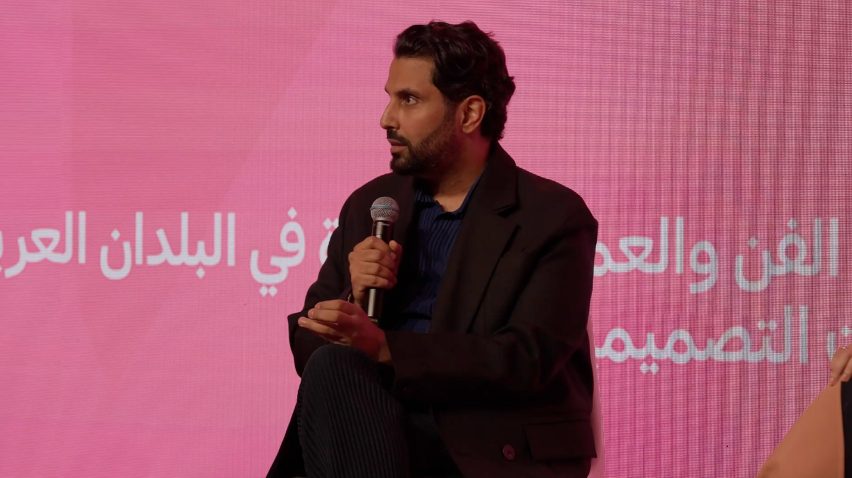
Alsaddah began to see the crafts and cultural heritage of his native Kuwait with fresh eyes when he returned home after studying in London.
He observed that modern iterations of the MENA region's traditional design were widely visible across the world.
Alsaddah gave the example of the mashrabiya – a type of projecting window enclosed in wooden latticework – as an instance of traditional Islamic architecture that has been picked up by contemporary architects both in the region and abroad.
"Islamic architecture influenced neo-Gothic and even Gothic architecture with the lancet arches, and now we're seeing it going back into the architecture that we're doing now, with the arches and the traditional aspects or traditional ratios of architecture being reused into something that is much more minimalistic," said Alsaddah.
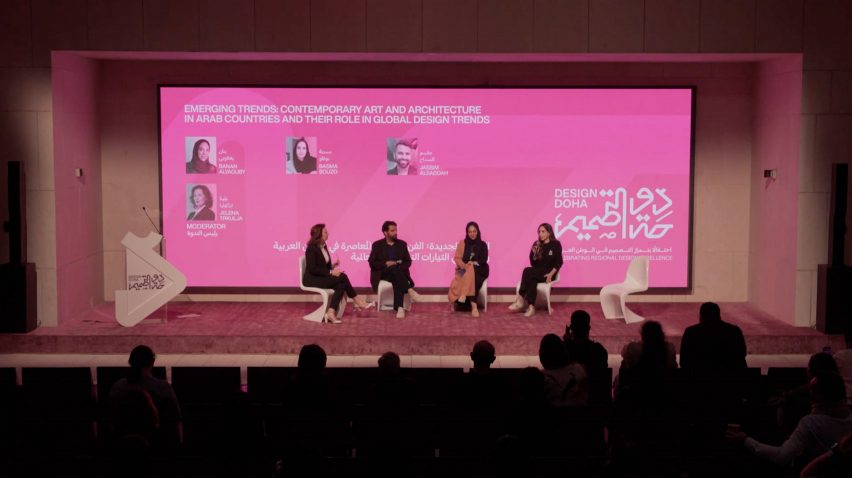
The speakers emphasised that design education has gained momentum across the Arabian Gulf and that there is a huge push towards educational platforms.
Bouzo said that scholarships, the flourishing creative industry and design platforms such as Design Doha and Saudi Design Week "allow for untraditional educational opportunities and cross-collaboration, which is even more important than traditional education."
Yaquby concluded that the explosion of design residencies for international designers in Saudi Arabia and Qatar was also having an impact because they allowed for a more intimate knowledge exchange.
"I think that if someone experiences our hospitality, experiences being with us, you can't write this in a book, it's intangible," said Yaquby. "You have to feel it to understand it."
The Emerging Trends panel took place on 26 February at the M7 cultural centre in Doha, Qatar.
Design Doha is a new biennial event that is set to return in 2026. For more information, visit the Design Doha website.
Partnership content
This article was written by Dezeen for Design Doha as part of a partnership. Find out more about Dezeen partnership content here.